New trails, campsites, and e-bikes at Fruita’s 18 Road
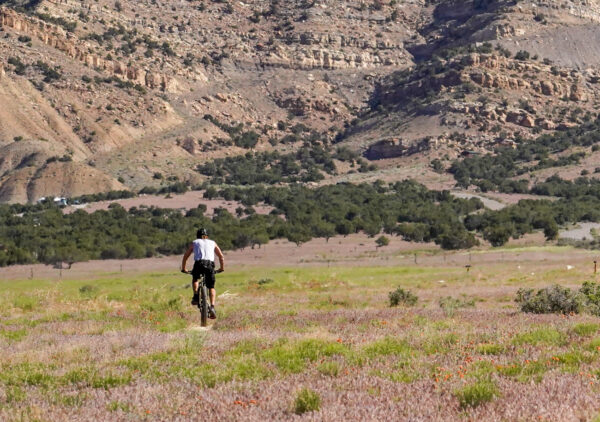
As I suited up to ride at the trailhead for the North Fruita Trails— a favorite mountain biking destination for Roaring Fork Valley locals— I noticed the flyer conspicuously posted at the information kiosk. It was a statement from the BLM about updates to the North Fruita Trails Master Plan.
It began with an announcement of the addition of 30 miles of new single track in the coming years. That will almost double what is currently available to mountain bikers.
Mentioned just underneath that statement was even bigger news: effective April 8, Class 1 pedal-assisted e-bikes are permitted on all the area trails.
As I pedaled off on my ride, it was hard not to think about how much had changed since I first rode these 18 Road area trails outside Fruita, Colorado.
In the late 90s, a friend first invited me to come along for a day trip there. We drove up the dusty washboard road north of town to a dirt parking area below a feature known as the Bookcliffs.
I only recall three or four trails at the time and about as many bikers. Most people were riding hardtails. Full-suspension rigs cost a few thousand bucks, which seemed like a luxury rather than a requirement. Bikes still had front derailleurs, tubeless tires and dropper posts weren’t yet available, while the concept of an e-bike was practically science fiction.
We lapped a trail called Prime Cut, which was a predecessor to the purpose-built flow trails so common today. It was smooth, fast, and fun. It’s no wonder that trail style has become so popular.
There was another memorable trail called Chutes and Ladders. It was slightly more technical, with rolling descents into the dry wash immediately followed by short, punishing anaerobic climbs. If you didn’t shift into granny gear early in anticipation of the transition you could tear your derailleur off or break a chain.
Joe’s Ridge was the highlight. This single track cruised along the spine of a hardened desert dune, more akin to a rollercoaster than anything we had in the Roaring Fork Valley at the time.
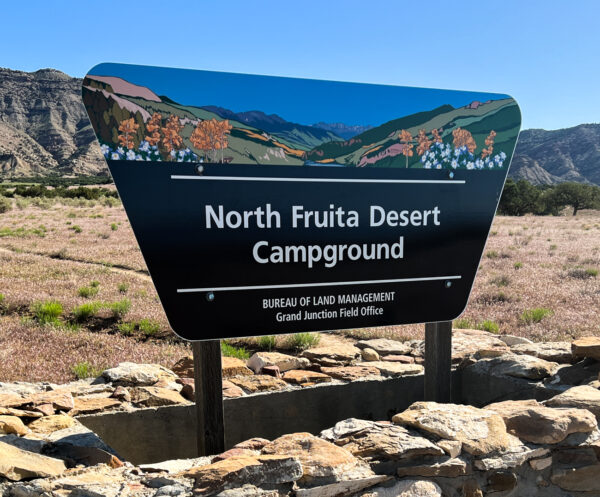
There were campsites available back then — everything was first come, first served. I have memories of a mad dash to get there on a Friday evening to claim a site for the group. Vehicles loaded down with coolers, bikes and firewood would race up the dusty 18 Road with hopes of getting one of the limited spots. If you showed up late, you were usually out of luck.
A lot has changed since then. While the main parking area is still dirt and the road is still tedious washboard, the 18 Road area, or North Fruita Desert as it is now officially called, has evolved into a premier bike destination.
The trail system has been built out further with each passing year, and the recent announcement of 30 additional miles ensures that it will continue.
Zippity Do Da is like Joe’s Ridge on steroids, and both trails have been extended further south. The cruisey Western Zippity trail is a pleasant uphill single track to access them both.
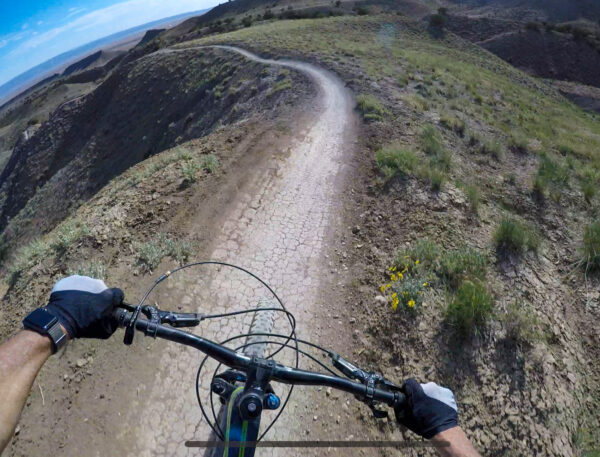
Vegetarian and Down Uppity offer more loop options to build off Chutes and Ladders on the east side. Pumps, Bumps, and Rollers (PBR) is a crowd favorite, like Prime Cut, but with more fun features, as the name implies. It’s a great run to end the day. Be sure to stock a few PBRs of the canned variety in the cooler for afterward at the trailhead.
And the run that started it all for me, Prime Cut, is designated as uphill only. As trail networks get busier, managers have learned the benefits of having directional trails to help with flow and reduce collisions. Prime Cut is the most fun way to climb uphill that isn’t on a dusty road. Its central location within the trail network provides convenient access to everything.
I find the camping situation is much improved as well. There are now many more established BLM campsites, 111 to be exact, each with picnic tables, concrete slab fire rings, maintained outhouses, and — in some cases — tent platforms.
You can reserve them on recreation.gov for $28/night. Some can be booked months ahead of time, and others open up for reservations four days in advance. And a small number of them are put aside for the last minute folks— those sites open on a first come first served basis every afternoon.
If your inner dirtbag finds that nightly rate too steep, there are still some dispersed (free) camp options south of the area.
Some find this level of organization takes away from the camping experience. I like knowing I have a spot lined up before heading out there. And from an impact perspective, the reservations system, proper campfire rings, outhouses, etc., will allow the area to function more sustainability for many years to come.
Allowing e-bikes on singletrack is the contentious topic du jour. In the Roaring Fork Valley, they’re permitted on Forest Service dirt roads and trails where motorized travel is already allowed. They’re also allowed on paved bike paths, to encourage e-bike commuting to town and work. But as of summer 2022, they aren’t permitted on singletrack trails that are off-limits to motorized travel.
The BLM manages public lands of the North Fruita Desert. They have different guidelines the than National Forest. After collecting public input from the community earlier this year, they decided to open the North Fruita Desert trails to Class 1 e-bikes.
They’re already permitted in nearby areas like Rabbit Valley, where motorized travel is also allowed.
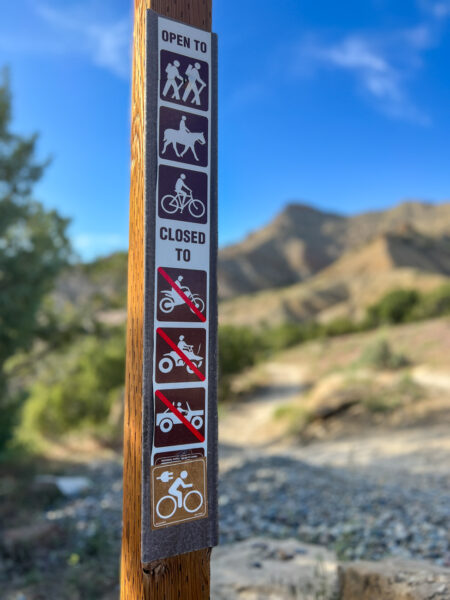
According to the staff at Over the Edge Sports— the bike shop serving the Fruita community for 27 years— the outreach from the BLM regarding e-bikes was lengthy. They included the community in the discussion, and while differing opinions on the matter still exist, they respect the decision.
They see public opinion slowly becoming more amenable to the idea of e-bikes on the trails. According to one employee, “The quantity of haters is diminishing.”
From the sounds of things, other areas like the Kokopelli trails are expected to be opened to e-bikes in the future.
Rather than lament these changes, let’s embrace them. The North Fruita desert will remain popular, and the number of riders there will continue to grow. Building out the trail network to accommodate this growth is warranted. In addition, the developed campsites improve the experience.
We should also be open-minded to the idea of sharing the trails with e-bikers. They can coexist out there with the rest of us.
As the landscape shifts around us, we have to adapt. Change can be uncomfortable, but it can lead to improved outcomes and be an opportunity to make things better.
I like reminiscing about those early rides on my old, steel Trek 930. But I much prefer the full-suspension bike I’m on now. And I like what’s become of the North Fruita Desert Trails area.

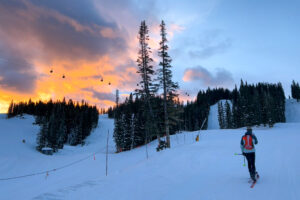
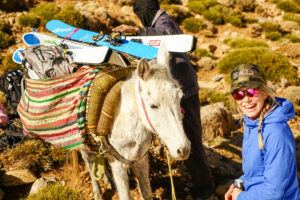
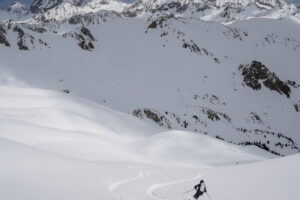
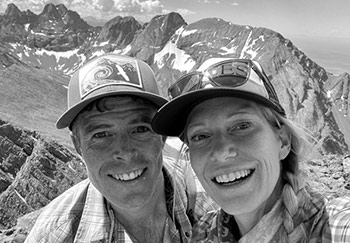






Leave a Reply